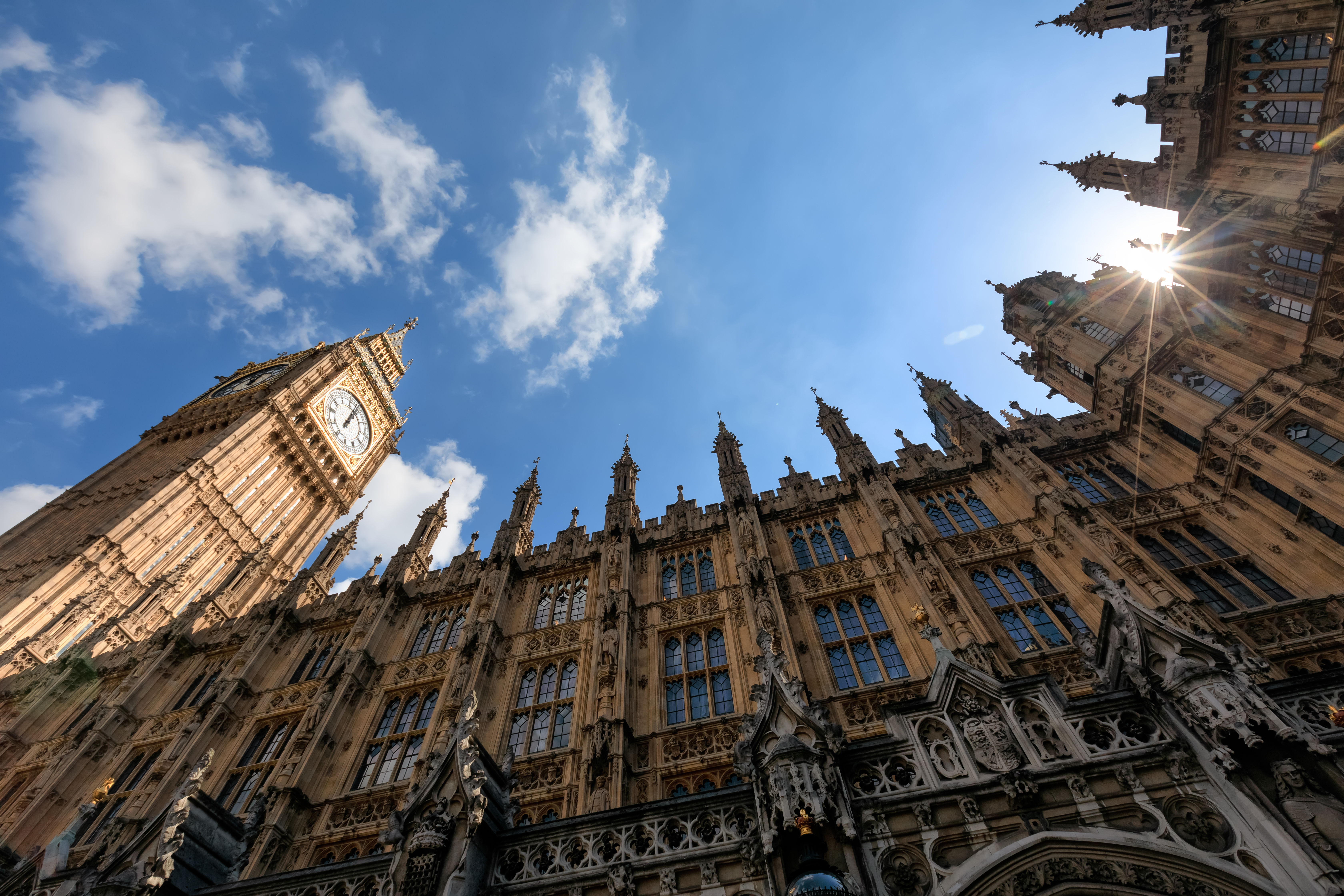Businesses across the board breathed a sigh of relief as the autumn statement confirmed that Retail Hospitality and Leisure relief (RHL) was extended for another year. Analysts believe this will benefit around one million eligible businesses. Not only that, but the small business rates multiplier has also been frozen for the next year. A freeze that the British Beers and Pubs Association says will save their sector around £350 million a year.
RHL was introduced in the wake of the pandemic, currently offering seventy-five percent off business rates for eligible businesses. It came into force first in 2022 at fifty percent but was increased at revaluation in 2023. Fears around scrapping or reducing this generous relief ran rampant for months before the autumn statement. While business leaders across all sectors reached out to government to protest this, it was expected that RHL would evolve in some way. Perhaps decreasing back down to fifty percent or even twenty-five percent. This turned out to be an unfounded fear, as the seventy-five percent offered by RHL remains, though the chancellor did introduce some stricter eligibility criteria and insisted that this level of support cannot last forever.
Anthony Hughes, Managing Director of RVA Surveyors, weighed in:
“The extension of RHL was probably best-case scenario for those in receipt. Yes, eligibility criteria is tighter, but for those who already have this in place it will give them peace of mind that they’re not suddenly going to have to pay one-hundred percent of their liability from next April.”
Autumn statement asserts conflicting decisions taken on business multipliers
While the small business rates multiplier was frozen
at 49.9p, the standard multiplier was not. The decision to increase the standard multiplier by September’s inflation (CPI) figures mean that it will increase by 6.7%.
The threshold of the standard multiplier is defined as commercial premises with a rateable value (RV) of more than £51,000. This decision – to not also freeze the standard multiplier – came as a great disappointment for many business rates payers. Leaving some of the UK’s largest businesses facing more than £1.5 billion added to their bills from April 2024. On the face of it, medium and larger businesses will receive little to no additional support.
The British Retail Consortium (BRC) described the decision as a: “[…] disappointing announcement”.
Major reforms missed in this autumn statement
While the chancellor was forthcoming with several figures, there was no announcement as to whether the business rates system would be receiving a major overhaul. Decried as outdated by many in the ratings industry, updating this process has been a long, slow job.
“The business rates system needs a long-term plan,” Hughes continued.
“Business rates have been waiting for an overhaul. They [VOA] have the means and capability to conduct on-site property inspections. They employ almost four thousand people, of which half of these will be surveyors. It is well within their ability and manpower to ensure every commercial property is inspected and is given an accurate valuation in a rolling three-year tax cycle.”
Ideally, more frequent revaluations would mean that commercial premises details are updated more regularly. Ensuring that the information held by the Valuation Office Agency (VOA) is accurate and fair. However, there was no mention of either the Bill or updating the system in the chancellor’s speech. In almost a year, there has been no definitive action taken.
“Businesses should be able to afford this commercial property tax,” Hughes added, “It’s as simple as that. But bureaucracy and a lack of accuracy have made this increasingly harder. What the autumn statement gave us were short-term fixes; most of them are not sustainable in the long-term. The extension to RHL, freezing the small business multiplier, and even the decrease in national insurance tax is designed to only last the next few years. Business rates payers – whether it’s an independent retailer or a national chain – need to see a fair and accurate plan that represents each unique property.”





